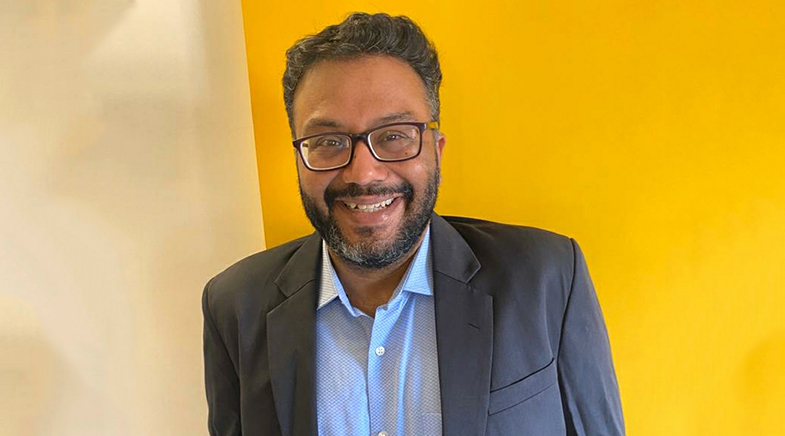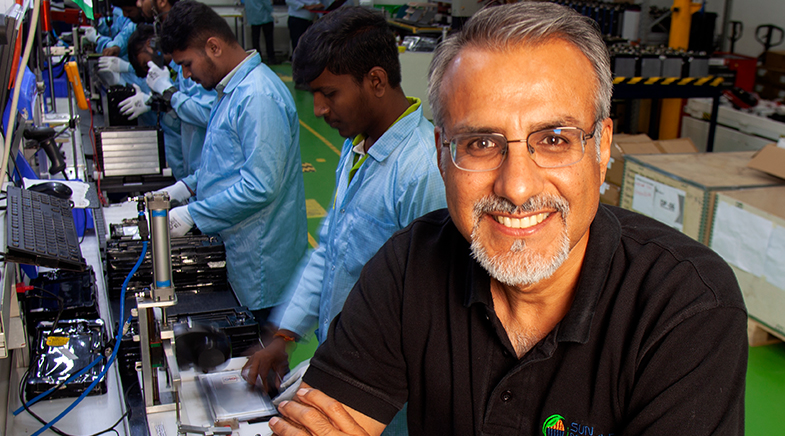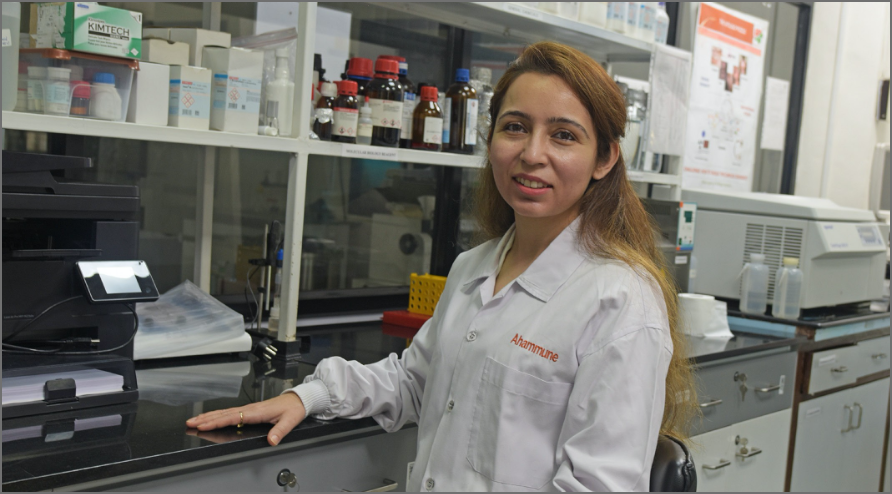Art in the age of AI
-
- from Shaastra :: vol 02 issue 01 :: Jan - Feb 2023

Generative AI will not 'hijack' art, it will democratise it. And if humans learn to adapt, it could spur greater creativity.
Surrealist painter Salvador Dali would sit in his armchair with a key in his hand. The moment he nodded off, the key would slip from his grasp and clatter noisily onto a plate below. He'd jump up and start painting with fresh inspiration.
Humans have an innate desire to create. The cave-dwellers of Lascaux filling the walls with their stories; Einstein playing his violin gently into the night, while simultaneously peeling away layers of complexity in his theories; Apple co-founder Steve Jobs soaking his feet at work while tinkering with ideas; poet and novelist Charles Bukowski sitting in a dingy bar, dreaming up his mad, sad poems over whiskey. And you and I too: we're all creating something every day: plans, strategies, excuses, songs, stories.
Millions of neurons in our brain interpose between areas of sensory input and motor output. These neurons carve new pathways for abstract thought, enabling us to imagine alternative outcomes, and visualise new worlds. We are wired to create.
ART FOR ART'S SAKE
We share this ability with other species, too. This evolutionary hand-me-down makes it easy to anthropomorphise the emotional lives of pets, and is evident in the ingenuity of chimpanzees, elephants, bears, cetaceans, and crows. Yet, it's only humans who make art for art's sake. The nightingale may have a repertoire of 180 songs, made of up to 1,160 notes, but it can never sing a tribute to sunsets.
We make art to express ourselves. An Instagram shot of a plate of biryani on the beach projects to the world: This is my life. Art creates a sense of belonging. A couple dancing spontaneously to a song on the radio proclaims: This is our song, this is us. Through art, we share our worldview. Banksy's artwork shredding itself right after it's auctioned says: This is what I believe.
The future is a constellation of possibilities. The only certainty is that Generative AI is here to stay.
Given enough enthusiasm and time, most of us can create art using tools of varying complexity. Learning to play the violin requires months of practice just to hold it right. The kazoo can be mastered in minutes. Up until now, we've been secure in our sole ability to create wonder. But with Generative Artificial Intelligence, we have competition.
The real work on Generative AI began less than a decade ago; in recent months, it has exploded into our lives. Generative AI thrills and worries us. What will happen to human creativity, we wonder. Will AI hijack art, we fret.
I experimented with AI programs Chat GPT-3, Dream.ai and DALL.E 2, and it was illuminating. I give Chat GPT-3 a B+ for the limericks and haikus it generated from my text prompts. It felt like the work of an earnest but middling student. However, DALL.E 2 and Dream.ai blew my mind. My prompt – "Woman staring at a sky full of shoes" – generated artwork (pictured at the top) in a range of styles, many of them beautiful. I could nitpick and say all of it was soulless, but in fact some of them were deeply metaphoric – and metaphor too once belonged only to humans.
We can appreciate the diffusion models that power Generative AI. Corrupting an image with Gaussian noise and then progressively de-noising it to create a novel interpretation isn't how humans intuitively approach art, but the output lands close to our ideals of good aesthetic. This proximity and process leads me to propose two scenarios across time.
SPURS FOR CREATIVITY
In the near term, a Generative AI tool can serve as a personal art assistant, filling the gaps between our vision and our creative limitations. An artist with a knack for figure drawing, but poor at world building, will enter an evocative metaphor in DALL.E 2. It will generate a background that seats the artist's hand-drawn elements, and also layers the art with more meaning. Generative AI will democratise art the same way camera apps enable everyone to create high-quality photographs.
This assistant might someday become a partner as Generative AI converges with powerful recommendation engines, premeditating our choices and reading our minds. Think of how a text prompt will create art that draws from the very core of your personality: a rhyme, a tune, a painting that is unique to who you are. We will share the most honest expression of our inner selves with others. Like-minded people might integrate their art algorithms to create shared realities.
New technology is divisive by nature. The proponents of daguerreotype cameras predicted the death of painting; the other side dismissed it as an unwelcome aberration. Yet, paintings co-exist with photography, and both are art. The future is a constellation of possibilities. The only certainty is that Generative AI is here to stay. It is human to create, and it is for life to adapt. We will adapt. The shift in perspective, like learning to view the world through a camera lens, will add a new facet to being human in the age of AI. At the very least, the tension will teach us more about creativity and its diverse forms.

@tarundurga
Have a
story idea?
Tell us.
Do you have a recent research paper or an idea for a science/technology-themed article that you'd like to tell us about?
GET IN TOUCH















